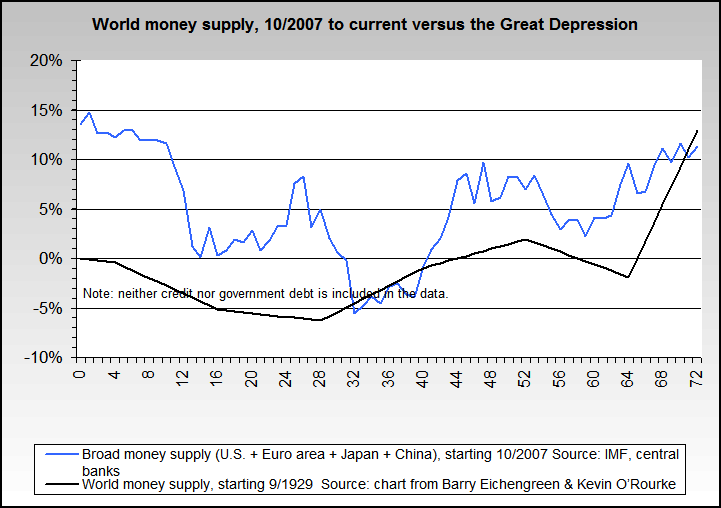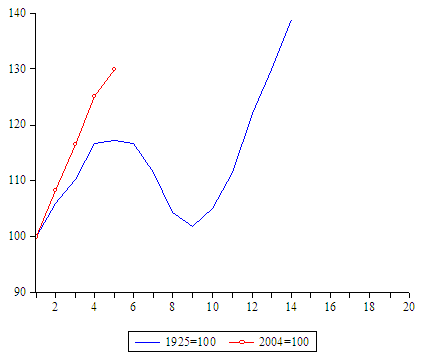Originally posted by bart
View Post
Whether or that presentation agrees with the reality of 1929 vs. now as you perceive it, Bart, or as you think it is best displayed is not an argument that I believe will be sorted out on these pages. They wrote what they wrote on the basis of their qualifications in presenting the graphs. Unless you can disprove the correctness of their data, the reasonable thing appears to be to take their study for what it shows as a valid comparison.





 Stuff like that jumps out at some folks who have the misfortune to be sensitized to it, distracting from the important content. Presentation does matter a little -- it's why we tend to communicate on these fora in complete sentences rather than texting shortscript.
Stuff like that jumps out at some folks who have the misfortune to be sensitized to it, distracting from the important content. Presentation does matter a little -- it's why we tend to communicate on these fora in complete sentences rather than texting shortscript.
Leave a comment: